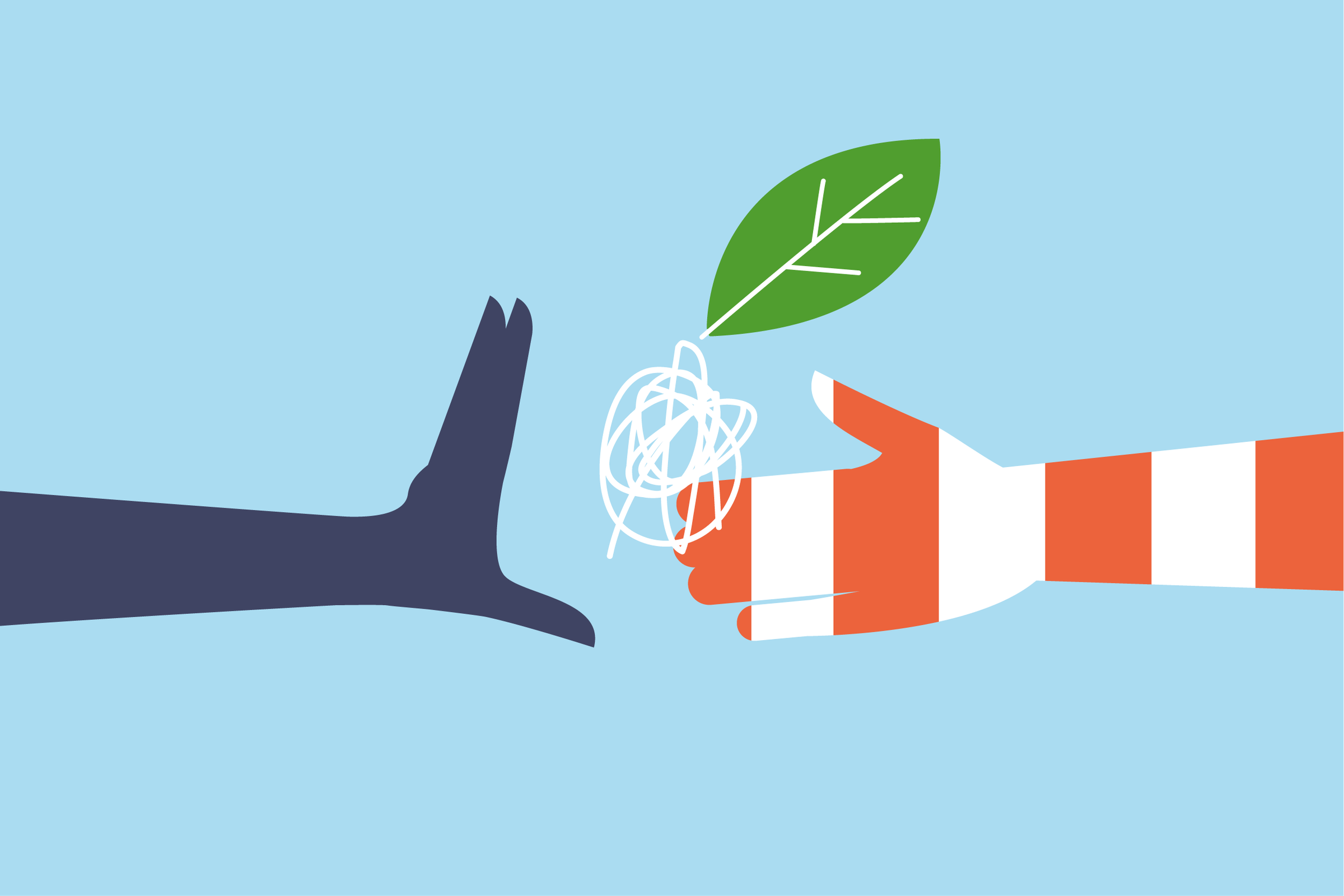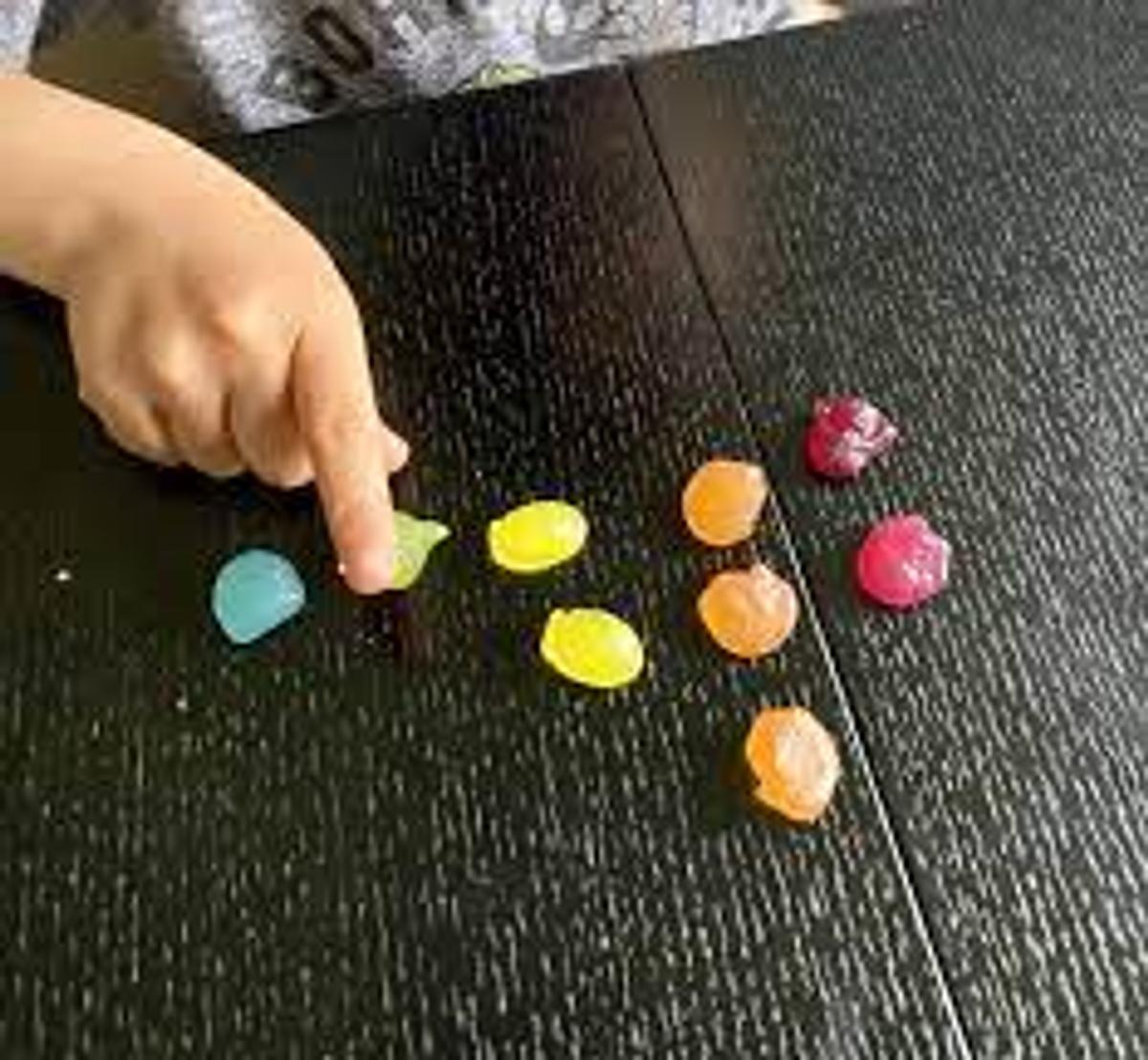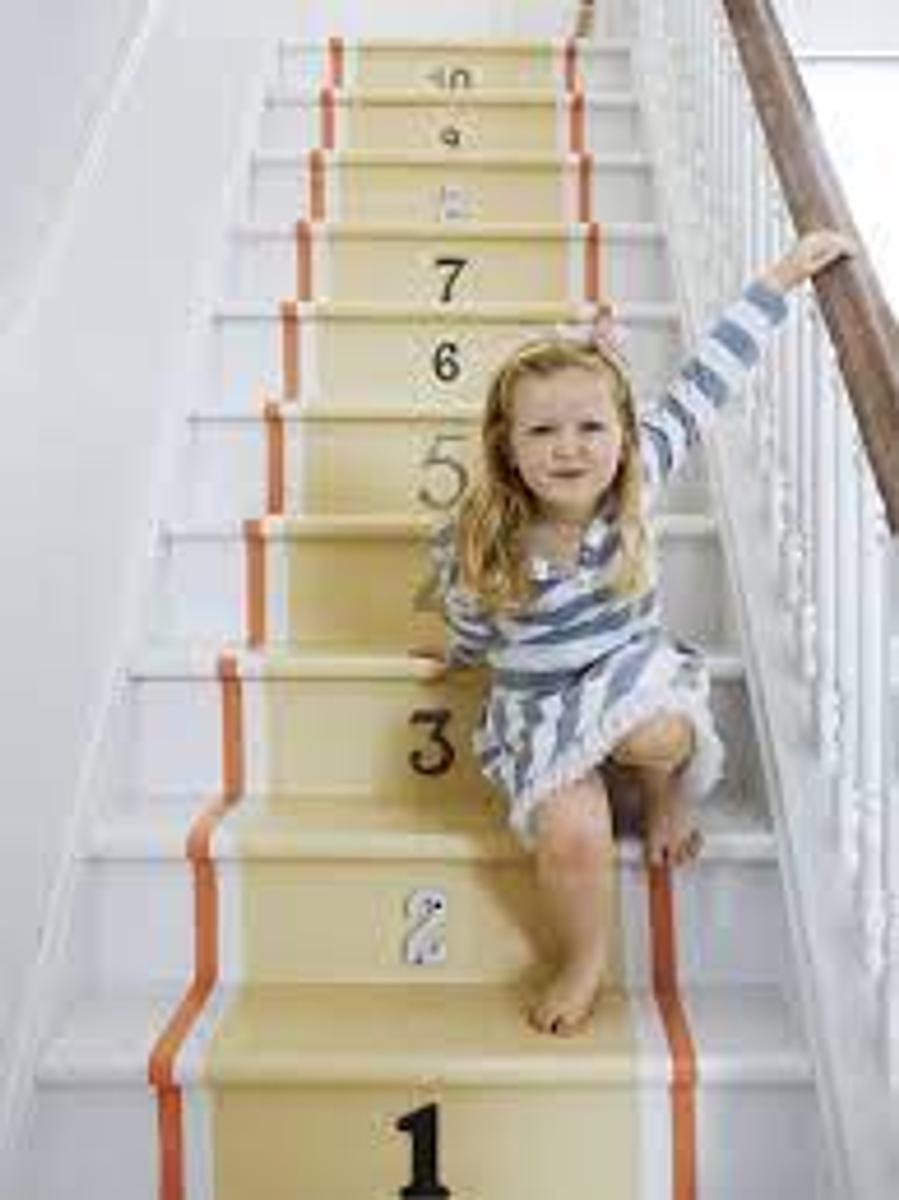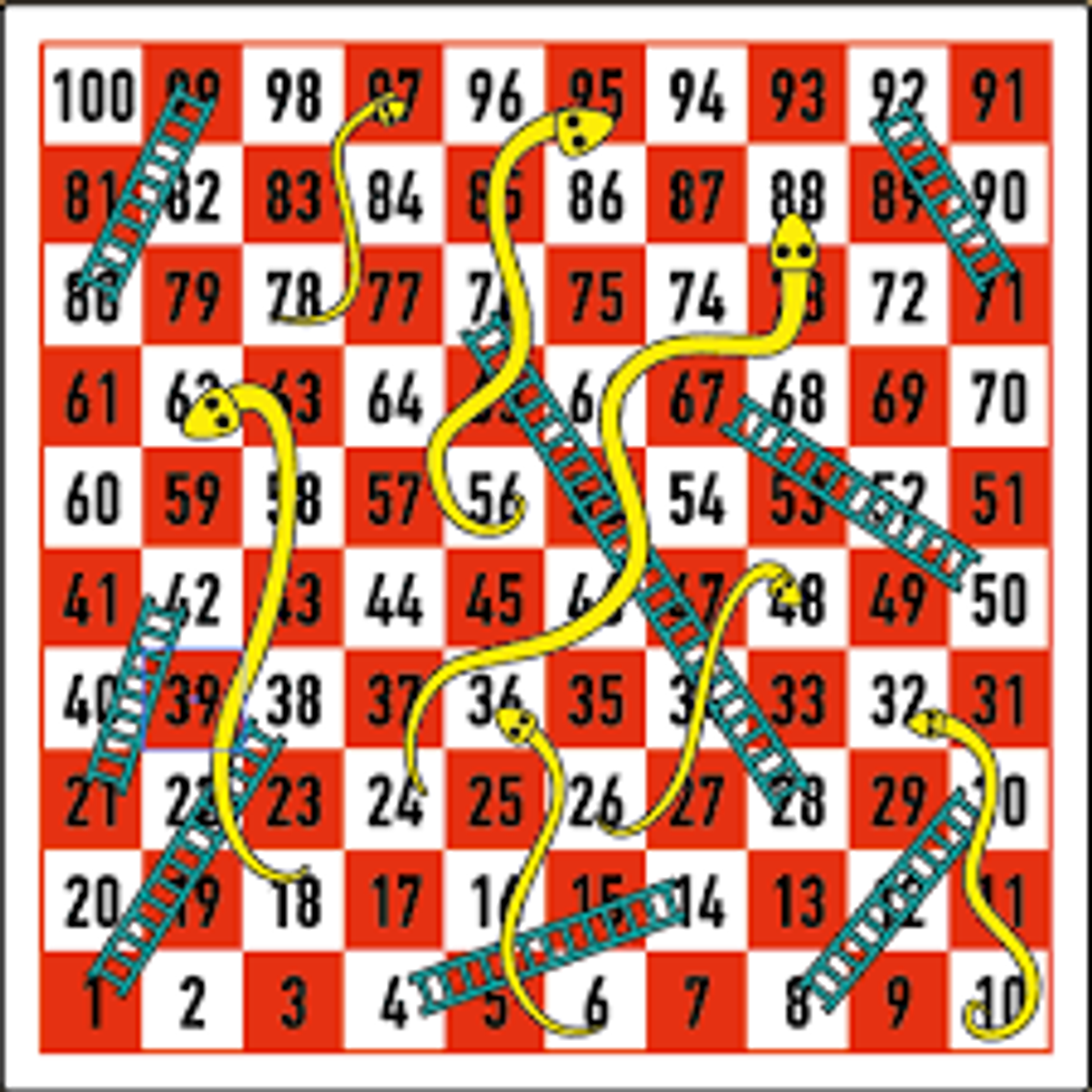Literacy and Numeracy News
BE INVOLVED, BE CONNECTED

Literacy and Numeracy News
BE INVOLVED, BE CONNECTED
Think of all the maths you have used so far in your day from the time you got up, organised lunches, walked or drove the kids to school drop offs. Mathematics is all around us!




There are many ways you can help your child at home in developing their Mathematics skills. Drawing attention to any everyday maths situations, such as money, time, estimation, measurement in cooking, directions, numbers around the house or patterns builds and connects mathematics understanding.
One of the most engaging ways is to play games. Any games that use dice with dots and numbers will help children identify and count numbers can assist in developing


strategy, reasoning and problem-solving skills.
Asking your child 'How did you work it out?', 'What makes you say that?' or 'Can you explain your strategy?' when they provide an answer or solution encourages them to articulate their mathematics thinking further consolidating their learning.
Here are some further tips and ideas that you could try:
NUMBERS AND ALGEBRA
Count and name numbers from any starting point.


Rote counting in the car while waiting, counting books and songs - 10 in the bed, 5 little ducks, 5 little monkeys jumping on the bed, 1,2,3,4,5 once I caught a fish alive.
Connect numbers, the numerals and the quantity to 10 and beyond
Go on a number hunt, look at house numbers, signs, calendars, speed signs etc.
Making Patterns
Sort and classify familiar objects and explain the basis for these classifications, and copy, continue and create patterns with objects and drawings.
Identify patterns on clothing, wrapping paper, cards and furniture.
Use coloured pegs, blocks or beads to make a pattern for your child to continue.
Money and Financial Mathematics
Represent simple, everyday financial situations involving money.
Playing shop using play money to trade for goods, talking about how we pay for items using notes and coins.
Measurement
Use direct and indirect comparisons to decide which is longer, heavier or holds more.
Use a wall chart to measure the heights of people in the family, explore other ways of measuring using a cup, jug, teaspoon, hand lengths.
Building a tower of blocks that is taller than or shorter than something else.
For more information, the Department of Education has an excellent guide 'Literacy and Numeracy Tips to Help your Child Everyday'. To access the guide please follow the link below: